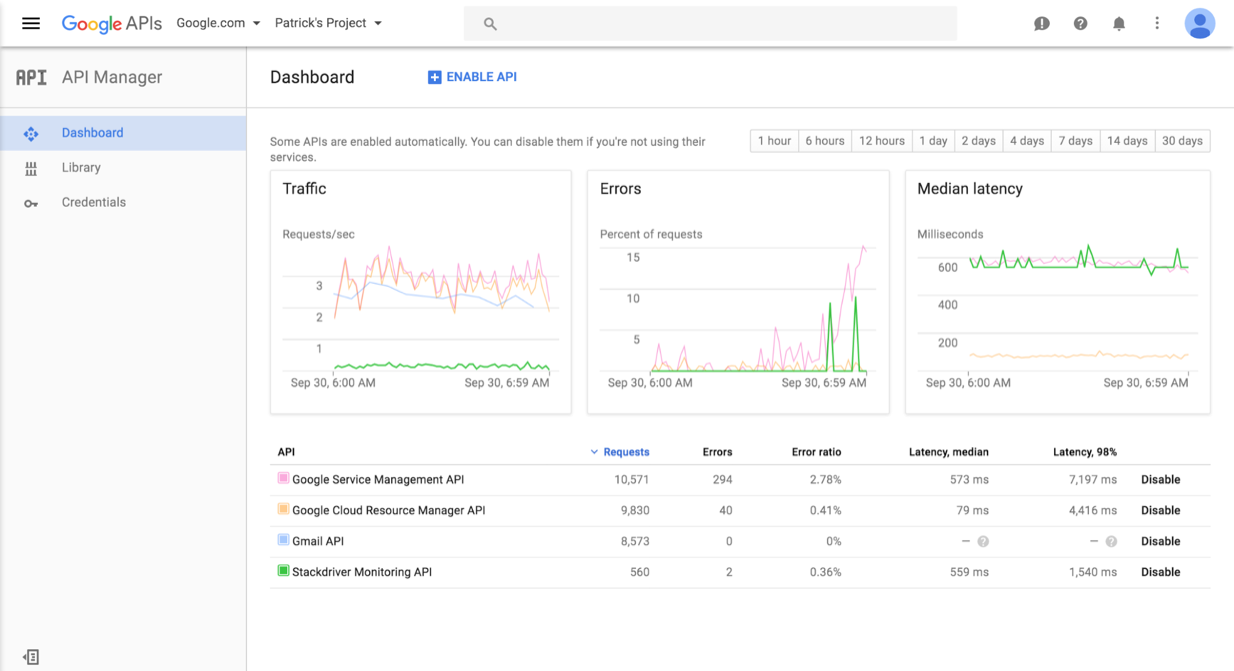

We all like it when the API providers we depend on make using their APIs easier to put to work. I also like it when API providers also share the story behind how they are making their APIs easier to use because it gives me material for a story, but more importantly it provides examples that other API providers can consider as part of their own operations.
Google recently shared some of the improvements they have made to help make our API experience better--here are some of the key takeaways:
- Faster, more flexible key generation - Making this step simpler, by reducing the old multi-step process with a single click.
- Streamlined getting started flow - Introduced an in-flow credential set up procedure directly embedded within the developer documentation.
- An API Dashboard - To easily view usage and quotas, so you can view all the APIs you’re using along with usage, error and latency data.
If you spend any time-consuming APIs you know that these areas represent the common friction many of us API developers experience regularly. It is nice to see Google addressing these areas of friction, as well as sharing their story with the rest of us, providing us all a reminder of how we can cut off these sharp corners in our own operations.
These areas represent what I'd say are the two biggest pain points with getting up and going using an API, and the API dashboard represents the biggest pain point we face once we are up and running--where do we stand with our API consumption, within the rate limits provided by the platform. If you use a modern API management platform you probably have a dashboard solution in place, but for API providers who have hand-rolled their own solution, this continues to be a big problem area.
While some of the historical Google API experiences have left us API consumers desiring more (Google Translate, Google+, Web Search), they have over 100 public APIs, and their approach to standardizing their approach is full of best practices and positive examples we can follow. As they continue to step up their game, I'll keep tuning in to see what else I can share.

